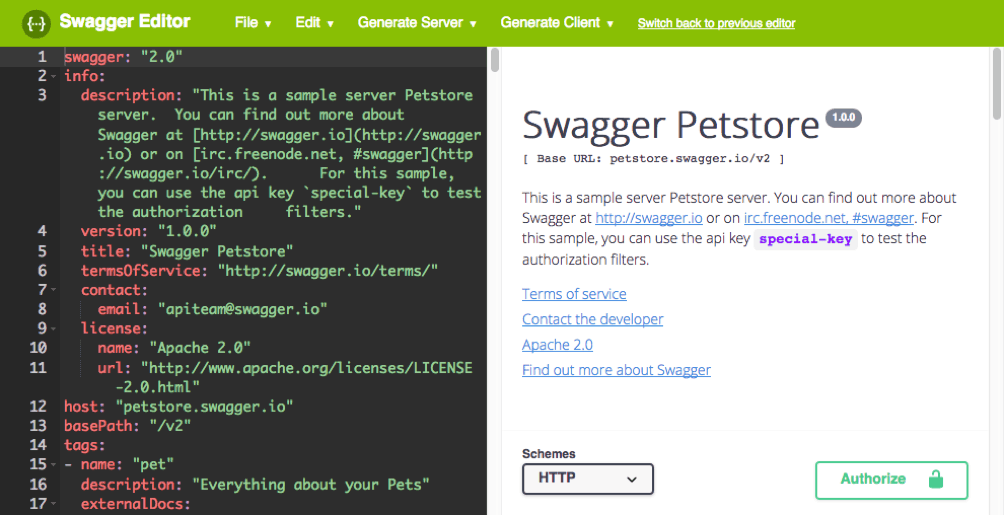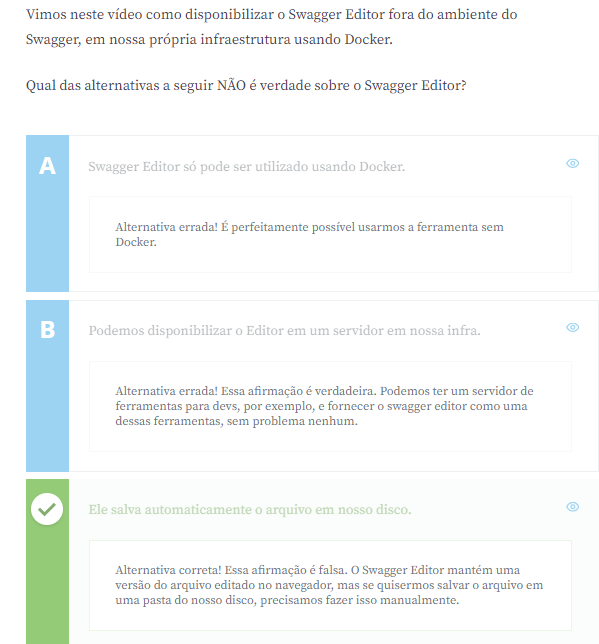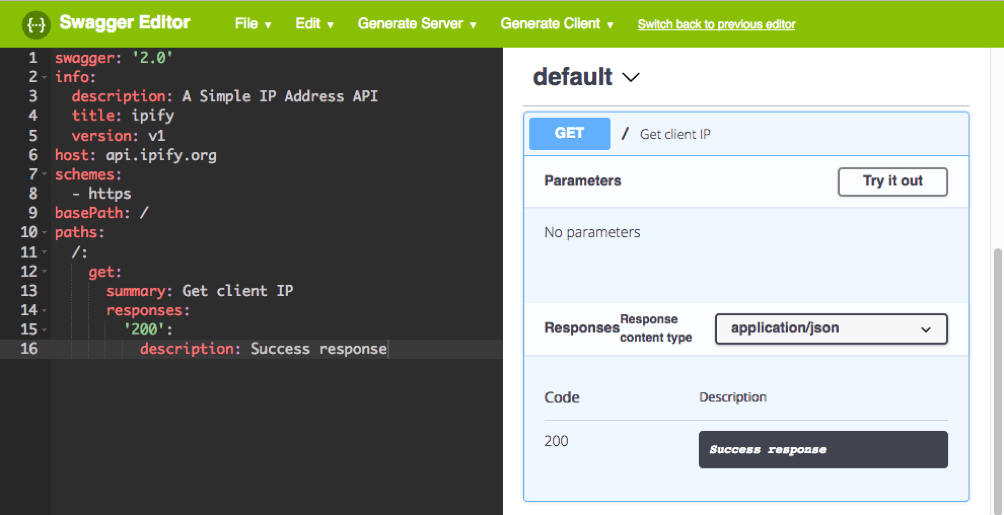

LOSS OF USE, DATA, OR PROFITS OR BUSINESS INTERRUPTION) HOWEVER CAUSED AND (INCLUDING, BUT NOT LIMITED TO, PROCUREMENT OF SUBSTITUTE GOODS OR SERVICES IN NO EVENT SHALL THE COPYRIGHT OWNER OR CONTRIBUTORS BE LIABLE FORĪNY DIRECT, INDIRECT, INCIDENTAL, SPECIAL, EXEMPLARY, OR CONSEQUENTIAL DAMAGES WARRANTIES OF MERCHANTABILITY AND FITNESS FOR A PARTICULAR PURPOSE AREĭISCLAIMED. THIS SOFTWARE IS PROVIDED BY THE COPYRIGHT HOLDERS AND CONTRIBUTORS "AS IS" ANDĪNY EXPRESS OR IMPLIED WARRANTIES, INCLUDING, BUT NOT LIMITED TO, THE IMPLIED This list of conditions and the following disclaimer in the documentationĪnd/or other materials provided with the distribution. Redistributions in binary form must reproduce the above copyright notice, List of conditions and the following disclaimer.Ģ. Redistributions of source code must retain the above copyright notice, this Modification, are permitted provided that the following conditions are met:ġ. Redistribution and use in source and binary forms, with or without License Copyright (c) 2013-2016, Marc Gibbons

The initial run may take several minutes to build.

To quickly get up and running using the Docker image, simply run: Deploy with HerokuĮnsure Docker Docker is installed on your system. It and can be optionally locally using Docker, or deployed for free on heroku. Schema_view = get_swagger_view(title='Pastebin API')Īn example based on the Django REST Tutorial ships with the project. Views.py from import urlįrom rest_framework_swagger.views import get_swagger_view This will produceĪ schema view which uses common settings. To quickly get started, use the get_swagger_view shortcut. Documentation for previous versions is available here.Īdd 'rest_framework_swagger' to INSTALLED_APPS in Django settings. Note: you are viewing documentation for version 2, using Django REST Framework 3.5+ and CoreAPI. Swagger/OpenAPI Documentation Generator for Django REST Framework


 0 kommentar(er)
0 kommentar(er)
